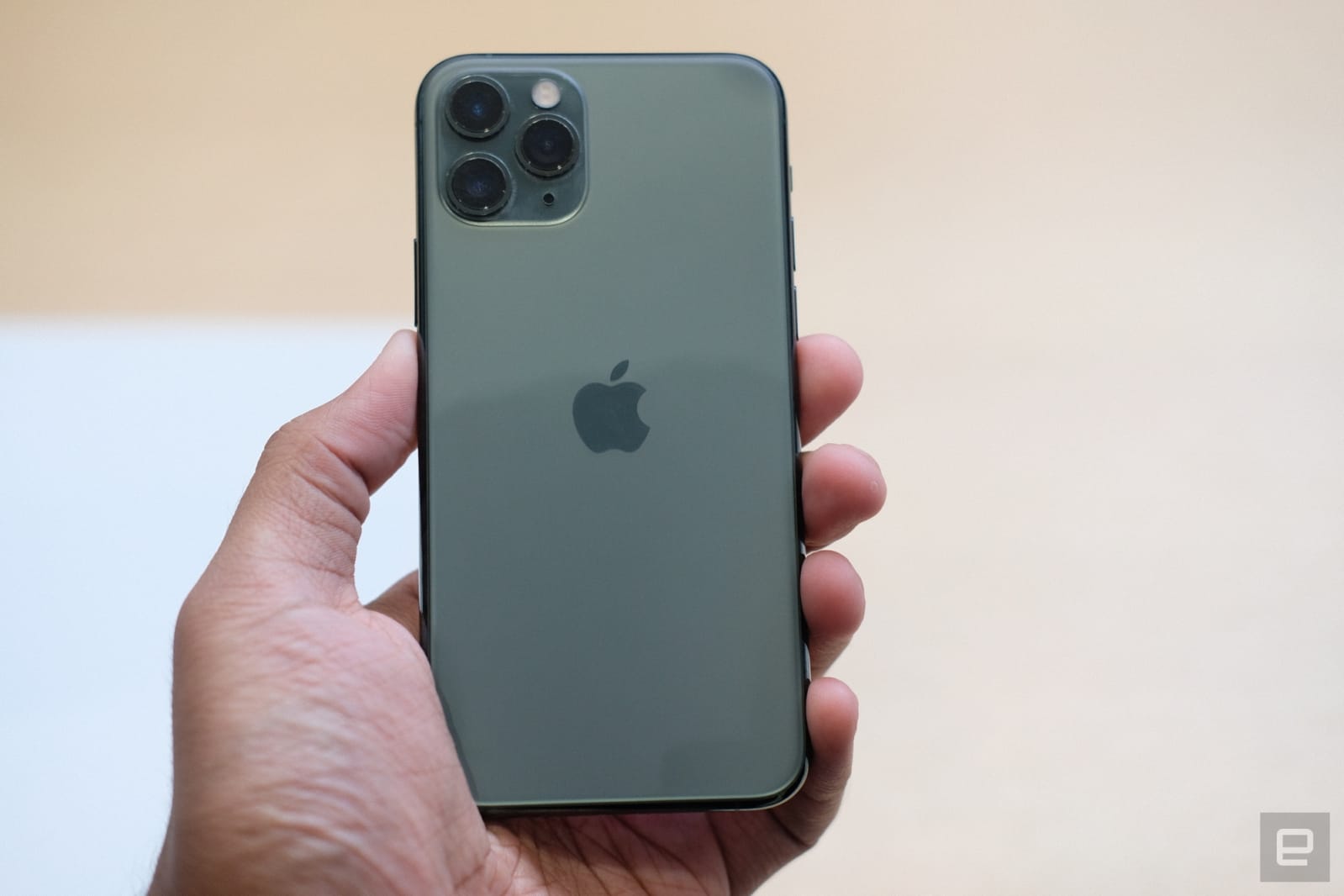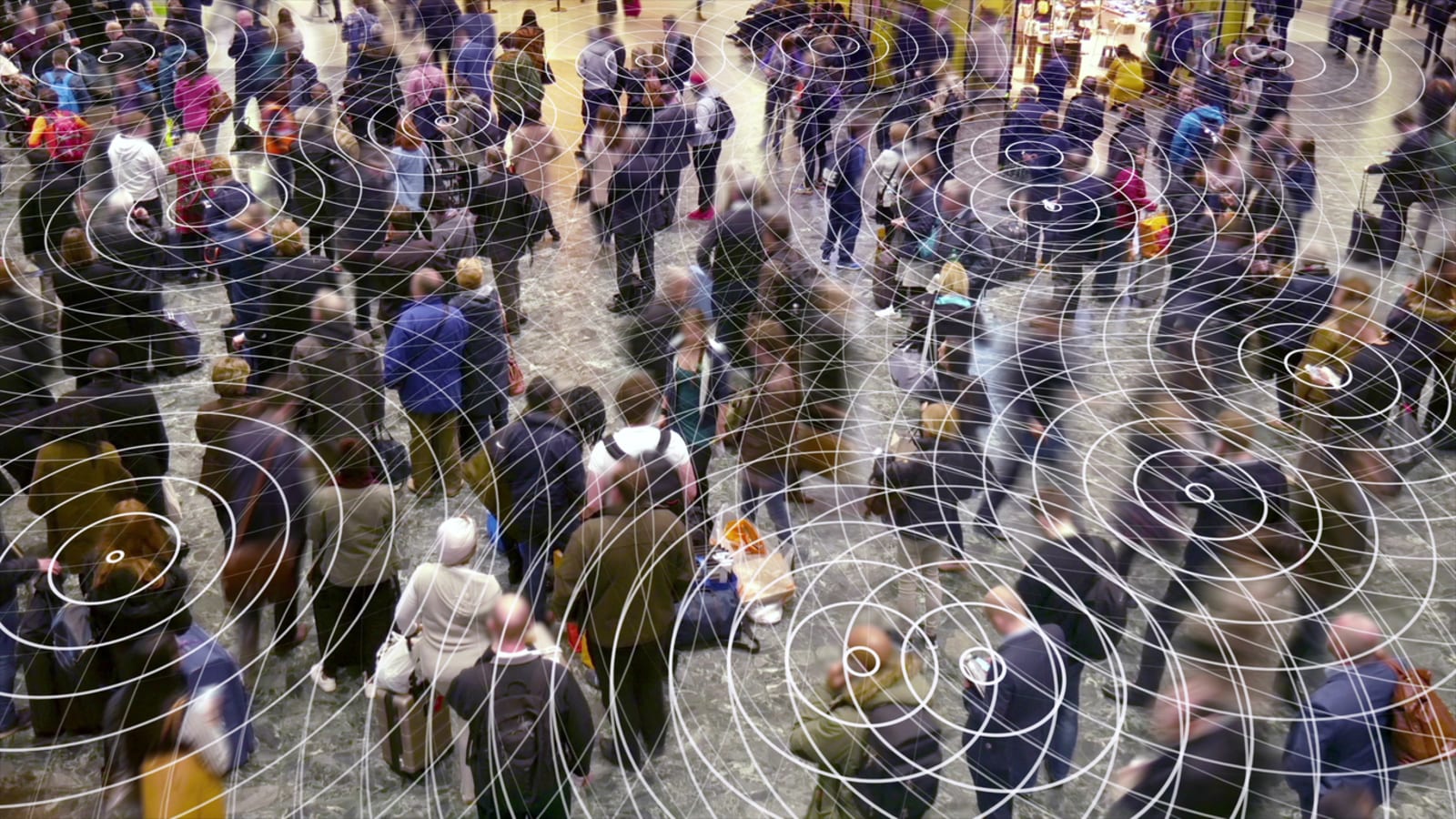
Antennas have often capped the potential speed of a wireless link -- the 450Mbps in modern 802.11n WiFi routers is directly linked to the use of a MIMO antenna array to catch signals more effectively, for example. That ceiling is about to get much higher, if A*STAR has anything to say about it. The use of a polymer filling for the gaps instead of air lets the Singapore agency create a 3D, cavity-backed silicon antenna that measures just 0.06 by 0.04 inches, roughly the size of a seed on your hamburger bun, even as it increases the breakneck pace. The new antenna generates a signal 30 times stronger than on-chip rivals at an ultrawideband-grade 135GHz, and musters a theoretical peak speed of 20Gbps -- enough that 802.11ac WiFi's 1.3Gbps drags its heels by comparison. Before we get ahead of ourselves on expecting instant file transfers at short distances, there's the small matter of getting a chip that can use all that bandwidth. Even the 7Gbps of WiGig wouldn't saturate the antenna, after all. Still, knowing that A*STAR sees "immense commercial potential" in its tiny device hints that wireless data might eventually blow past faster wired standards like Thunderbolt.
Filed under: Wireless, Networking, Alt
Seed-sized A*STAR antenna could open the door to 20Gbps wireless originally appeared on Engadget on Wed, 29 Aug 2012 00:32:00 EDT. Please see our terms for use of feeds.
Permalink  Phys.org
Phys.org |
 A*STAR (PDF)
A*STAR (PDF) |
Email this |
Comments
 Verizon (Engadget's parent company) has expanded its 5G Ultra Wideband coverage to Dallas and Omaha, Nebraska. The service is now available in 15 cities, including Denver, Atlanta, DC, Detroit, Indianapolis and New York.
Verizon (Engadget's parent company) has expanded its 5G Ultra Wideband coverage to Dallas and Omaha, Nebraska. The service is now available in 15 cities, including Denver, Atlanta, DC, Detroit, Indianapolis and New York.
 Verizon (Engadget's parent company) has expanded its 5G Ultra Wideband coverage to Dallas and Omaha, Nebraska. The service is now available in 15 cities, including Denver, Atlanta, DC, Detroit, Indianapolis and New York.
Verizon (Engadget's parent company) has expanded its 5G Ultra Wideband coverage to Dallas and Omaha, Nebraska. The service is now available in 15 cities, including Denver, Atlanta, DC, Detroit, Indianapolis and New York.
 You don't have to watch football if you want 5G coverage from Verizon (Engadget's parent company) while you're attending live sports. The carrier has switched on 5G coverage at three major basketball and hockey arenas, including San Francisco's Chas...
You don't have to watch football if you want 5G coverage from Verizon (Engadget's parent company) while you're attending live sports. The carrier has switched on 5G coverage at three major basketball and hockey arenas, including San Francisco's Chas...
 It took ages, but Verizon (Engadget's parent company) finally has 5G service available on its home turf. The carrier has switched on ultra-wideband 5G in "parts of" New York City that largely focus around heavily trafficked areas. In Manhattan, you...
It took ages, but Verizon (Engadget's parent company) finally has 5G service available on its home turf. The carrier has switched on ultra-wideband 5G in "parts of" New York City that largely focus around heavily trafficked areas. In Manhattan, you...
 Apple introduced the iPhone 11 and iPhone 11 Pro with nary a mention of its rumored tracking tags, but the underlying technology appears to be present and accounted for. True to earlier reports, all iPhone 11 models include an ultra-wideband chip, t...
Apple introduced the iPhone 11 and iPhone 11 Pro with nary a mention of its rumored tracking tags, but the underlying technology appears to be present and accounted for. True to earlier reports, all iPhone 11 models include an ultra-wideband chip, t...
 Sure, real 5G is up to three times faster than LTE, but there are a few caveats. As we discovered in Chicago, 5G doesn't always hold up when you're trying to use it indoors. Even a pane of glass can cause your signal to flicker between 5G and 4G. Ver...
Sure, real 5G is up to three times faster than LTE, but there are a few caveats. As we discovered in Chicago, 5G doesn't always hold up when you're trying to use it indoors. Even a pane of glass can cause your signal to flicker between 5G and 4G. Ver...
 When it comes to short range wireless technology, there are certainly a couple of stand-outs. WiFi and Bluetooth, for example, are an integral part of everyday life. Others have come and gone, with some serving niche purposes or fading into oblivion...
When it comes to short range wireless technology, there are certainly a couple of stand-outs. WiFi and Bluetooth, for example, are an integral part of everyday life. Others have come and gone, with some serving niche purposes or fading into oblivion...
 Seemingly every connected device has at least one wireless radio in it. However, that often requires some big compromises. Those radios often chew up a lot of power, which isn't always practical with Internet of Things gadgets that may not have muc...
Seemingly every connected device has at least one wireless radio in it. However, that often requires some big compromises. Those radios often chew up a lot of power, which isn't always practical with Internet of Things gadgets that may not have muc...




